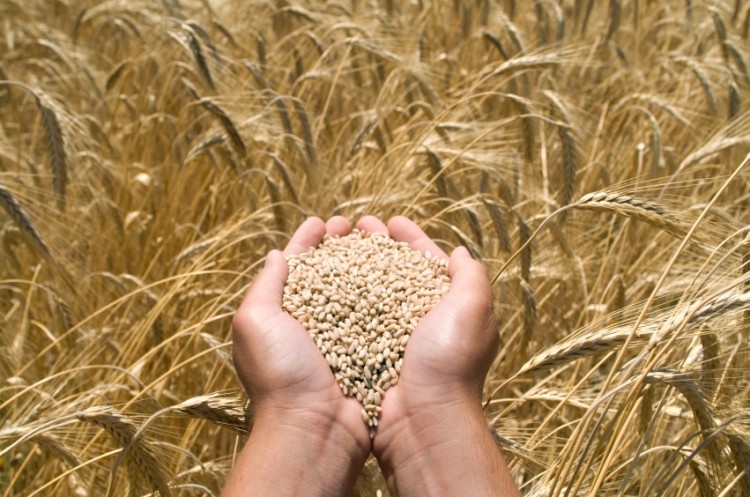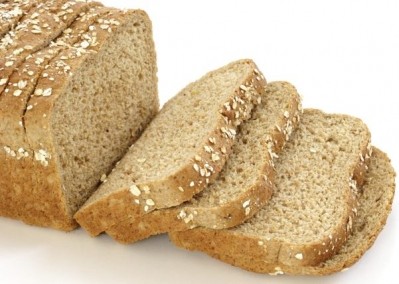What characterizes a whole grain product?

The ‘characterization’ work was completed by the AACCI’s Whole Grains Working Group that has spent the past year exclusively focused on the project. The group works exclusively on science-based issues related to whole grains and products with international representation from industry, government, universities and trade organizations.
The new recommendation suggests that a whole grain product should contain 8g or more of whole grains per 30g serving.
This characterization expands upon the most recent classification outlined by The Whole Grains Council of 8g per portion (undefined) – that enables manufacturers to voluntarily use a ‘Basic Whole Grain Stamp’ on pack.
A stronger distinction
“The Whole Grains Working Group made the distinction of 8 grams of whole grains per 30 grams of product to take into account food products that include refined grains, which currently enjoy higher levels of consumer acceptance,” the AACCI said.
The Working Group previously disagreed with a 1999/2003 FDA rule that stipulated 51% of the overall weight must be made up of whole grains to make a claim on pack. It did however support the Whole Grains Council suggestion of 8g per serving – but had reservations on how this would differ with varied pack sizes on the same product.
The final characterization has been “highly anticipated” by the cereal grain industry, the AACCI said.
“A standard characterization of a whole grain food also levels the playing field for everyone in the cereal grain industry and allows for uniform messaging about whole grain food products,” it added.
It said however that the new characterization does not have any impact on legal statements on products or the naming of food products.
Ease consumer confusion
In addition, chair of the Working Group Julie Miller Jones, said the characterization should be beneficial to consumers.
“Currently, consumers are confused about what constitutes a whole grain food, and this characterization provides clear guidance to those who seek to consume the recommended levels of whole grain,” she said.
In the US there is currently very little regulation on whole grain labeling – a factor that prompted the Whole Grains Council to set up its voluntary Whole Grain Stamp program in 2005.
















